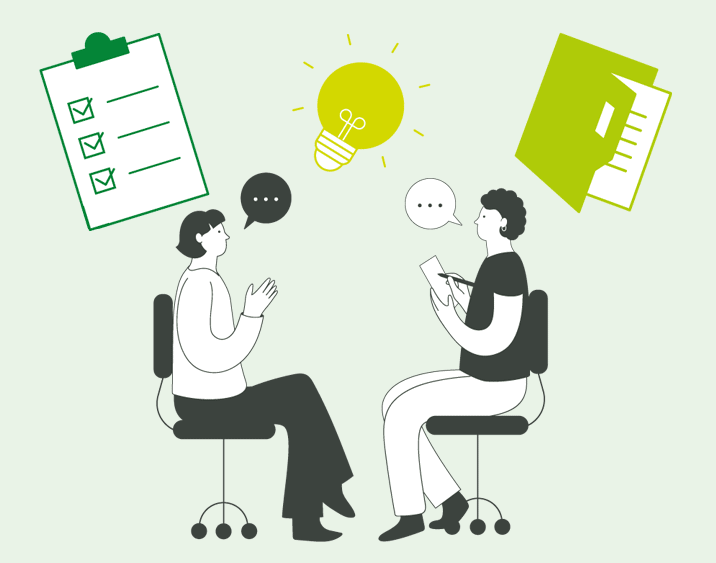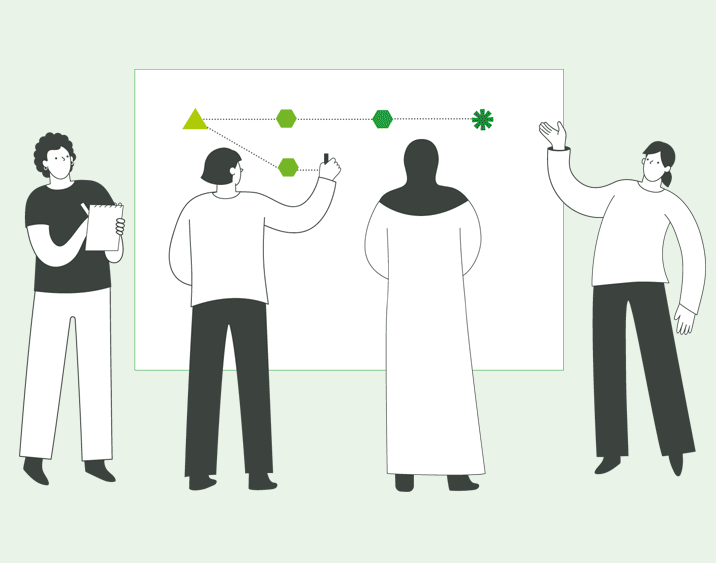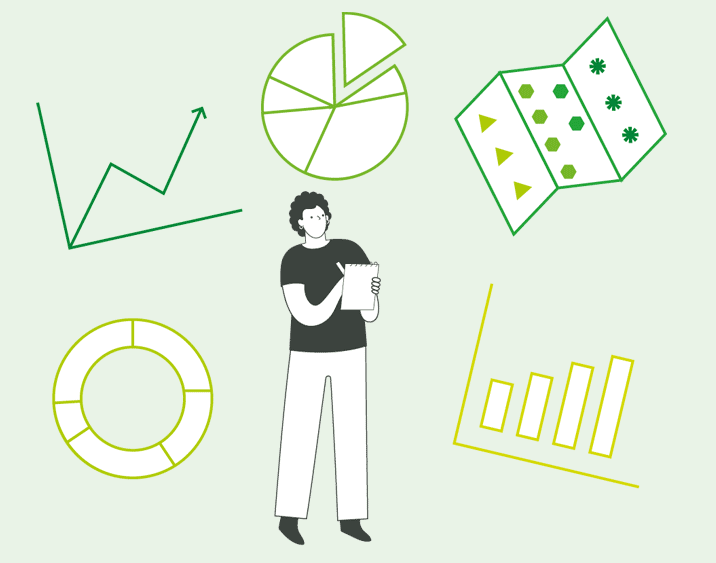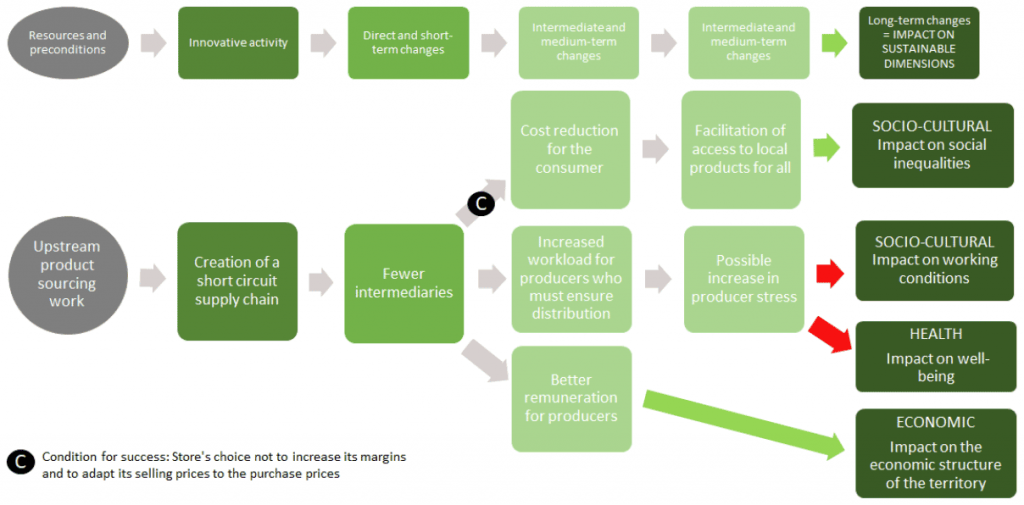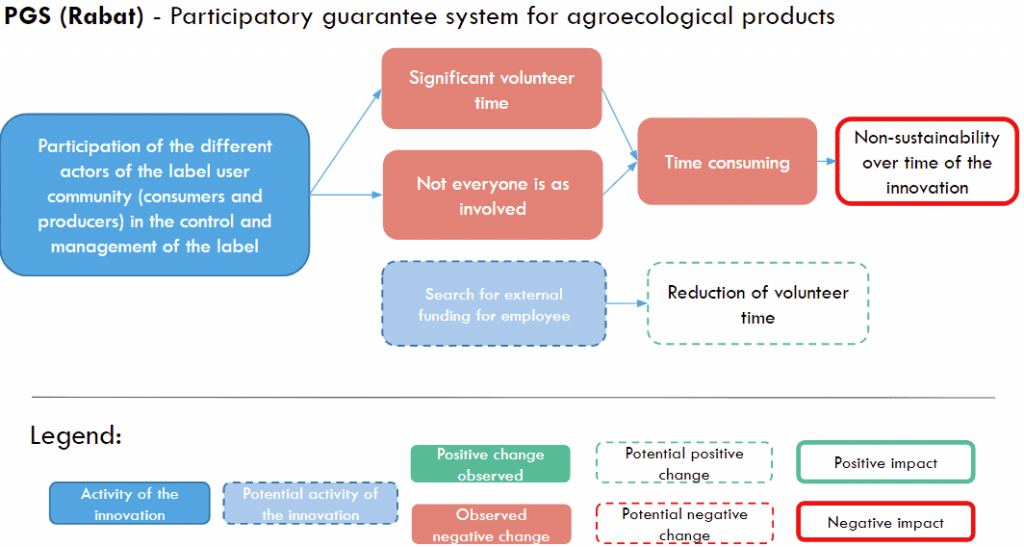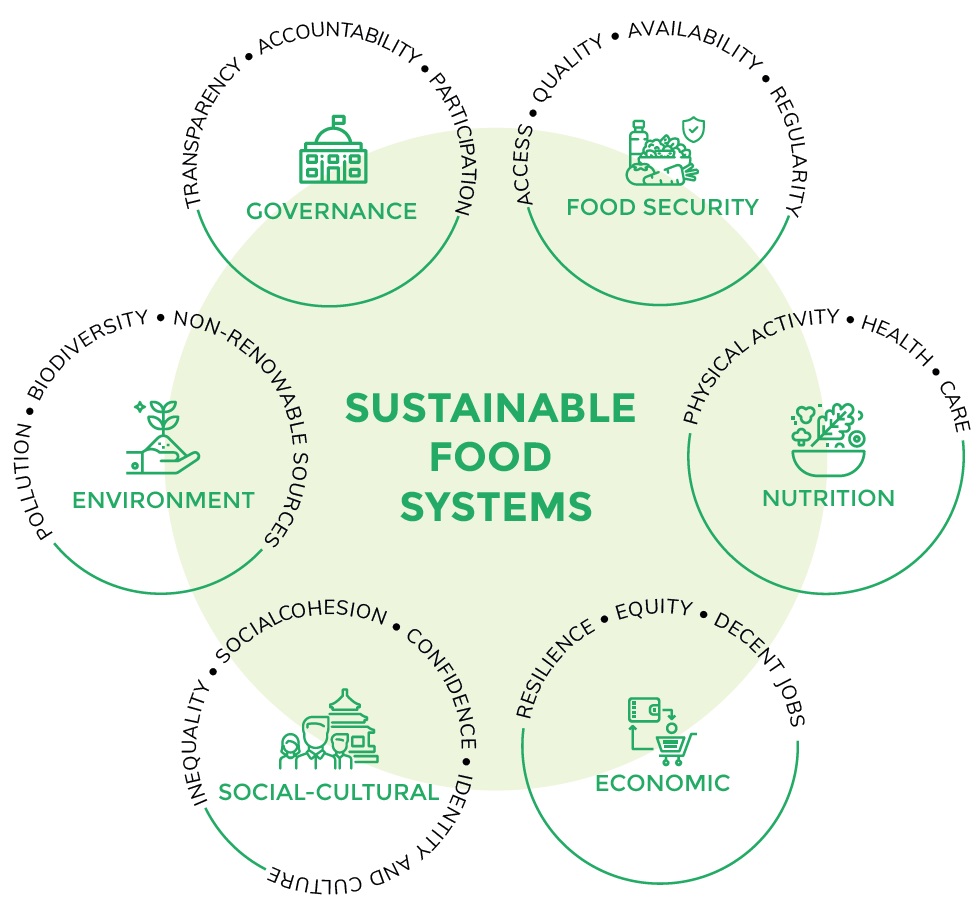Once the relevant innovation activities have been identified, you will need to select and invite workshop participants. You may invite people who were interviewed in Step 1 and/or people who were not interviewed. Power dynamics, availability, and practicality all play a role in these decisions. Bear in mind that not all guests will be able to participate.
The table below provides a checklist to help guide your selection of workshop participants.
We suggest a minimum of 6 and up to 20 participants for the workshop. Beyond 20 people it may be difficult to manage the workshop, guarantee speaking time for everyone, and ensure good quality knowledge exchange.
To ensure that all actors involved can contribute, additional arrangements can be made to accommodate folks based on their circumstances, including age, language, literacy, geographical distance, diverse accessibility needs, etc. For example, statements can be collected using focus groups addressing selected subjects, held separately, before or after the workshop, to allow actors more opportunities to interact and discuss with one another.
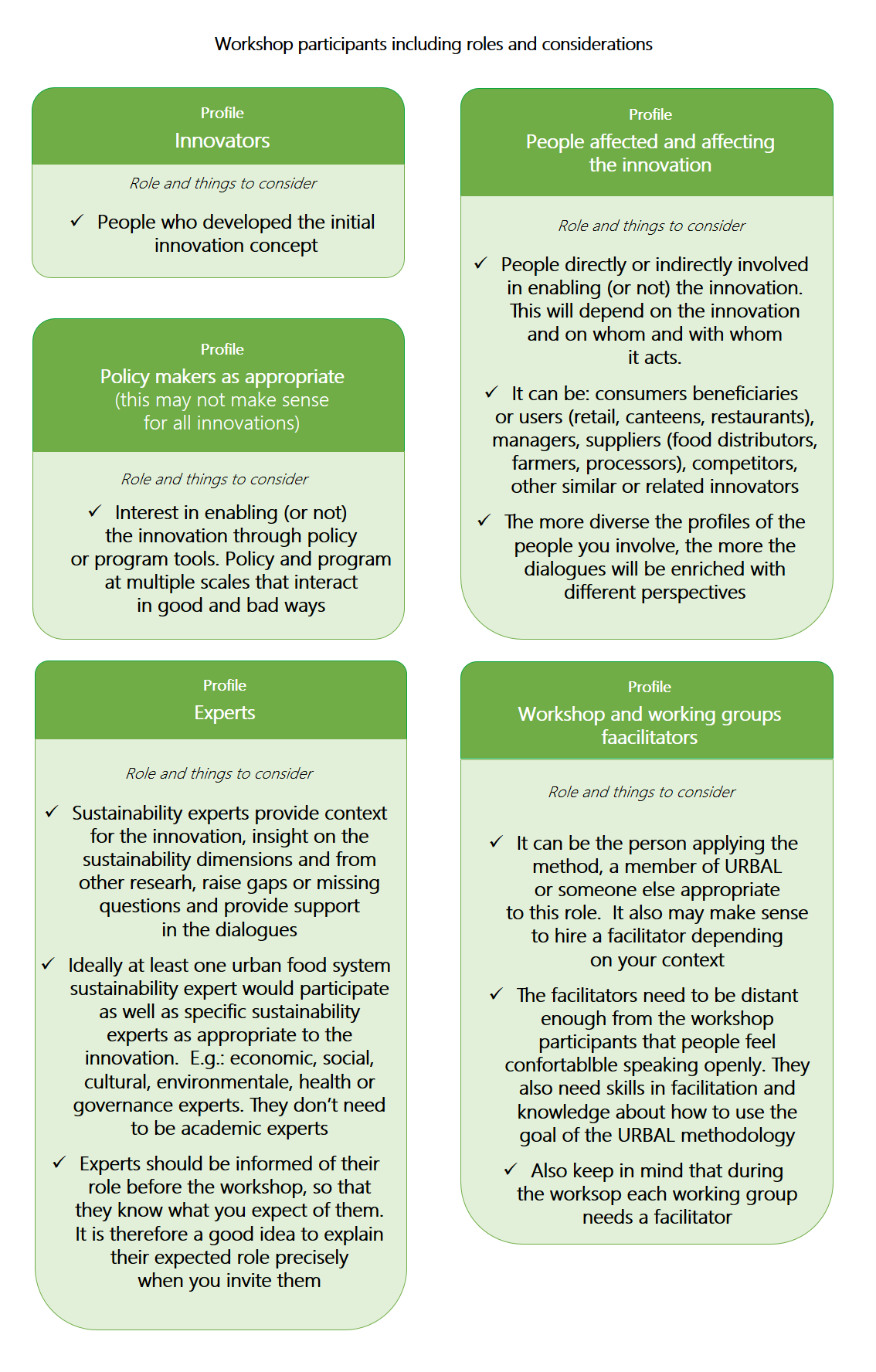
Some people will want to take part in the workshop out of interest and a sense of civic duty.
In other cases, engaging with various stakeholders requires understanding their needs and letting them know how the Urbal workshop and results will help them. For example:
- Public authorities will have more information about how to develop relevant policies and programmes.
- Innovators will understand more about how to improve their innovation process and build in more sustainable directions.
- Producers could be interested as it gives them a chance to connect into new networks and make connections to community members .
- Consumers, beneficiaries, and users of innovations may be interested in serving public interests, sharing their viewpoint, or improving the innovation.
To overcome time, access, or money constraints for participants, you can offer, for example, thank you gifts , honoraria or, childcare.
Profile:
Innovators-
People who developed the initial innovation concept.
Profile:
Policy-makers - as appropriate, this may not make sense for all innovation-
Interest in enabling (or not) the innovation through policy and program tools. Policy and programs at multiple scales that interact in good and bad ways.
Profile:
Experts-
Sustainability experts provide context for the innovation, insights on the sustainability dimensions and from other research, raise gaps or missing questions and provide support in the dialogues.
-
Ideally at least one urban food system sustainability expert would participate as well as specific sustainability experts as appropriate to the innovation. For example, economic, social, cultural, environmental, health or governance experts. They don’t need to be academic experts.
-
Experts should be informed of their role before the workshop so that they know what you expect of them. It is therefore a good idea to explain their expected role precisely when you invite them.
Profile:
People affected and affecting the innovation-
People directly or indirectly involved in enabling (or not) innovation. This will depend on the innovation and on whom and with whom it acts.
-
It can be: consumers, beneficiaries or users (retail, restaurant, canteen), managers, suppliers (food distributors, farmers, processors), competitors, other similar or related innovators, etc.
-
The more diverse the profiles of the people you involve, the more the dialogues will be enriched with different perspectives.
Profile:
Workshop and working groups facilitators-
It can be the person applying the method, a member of URBAL or someone else appropriate to this role. It also may make sense to hire a facilitator depending on your context.
-
The facilitators need to be distant enough from the workshop participants that people will feel comfortable speaking openly, they also need skills in facilitation and knowledge about how to use the goals of the Urbal methodology project.
-
Also keep in mind that during the workshop each working group needs a facilitator.




